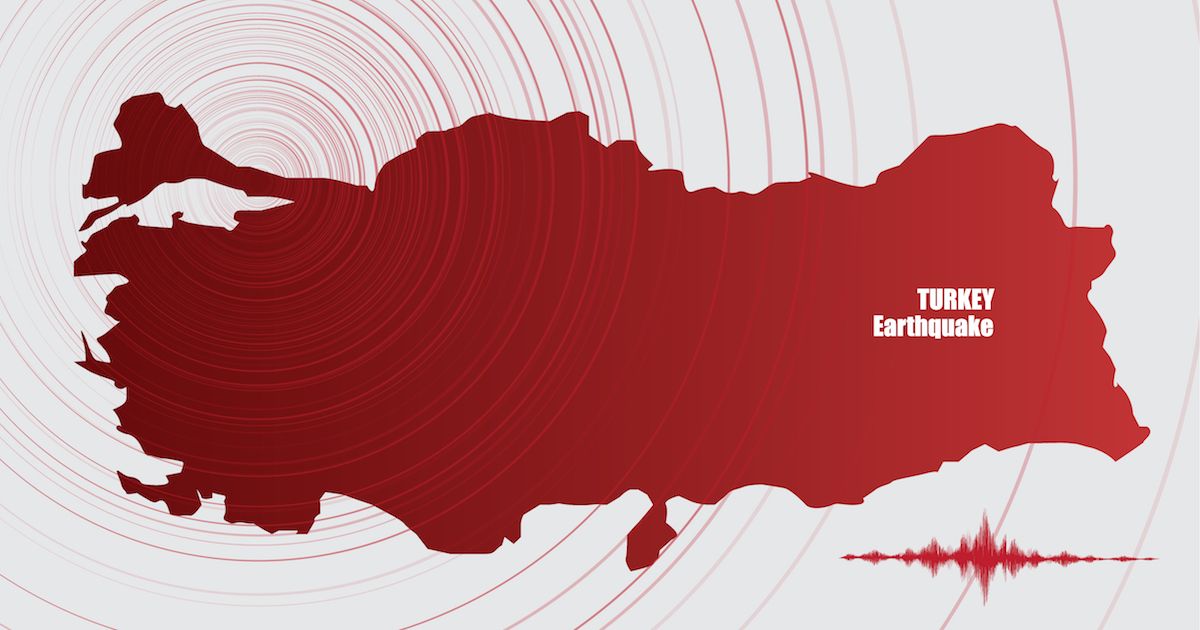How has climate change affected Texas?
Climate change impacts everyone, including Texas. Population growth, land destruction, and pollution are climate-related issues in the state.

A global problem, climate change impacts every country, including Texas. As a result, many climate-related issues, including population growth, land degradation, and elevated pollution, have been encountered in the state.
Weather extremes are well-known in Texas. The Lone Star State is no stranger to weather patterns that can be both unpredictable and hazardous, from searing hot summers to fierce winter storms. As a result of climate change, Texas' weather has changed significantly over the past few years.

What contributed to climate change?
Population Growth:
The state has experienced a significant increase in population over the past few decades, with the population growing by over 15 million people since 1980. This increase in population has put significant pressure on the state's resources, including water and energy. As the population continues to grow, so does the demand for resources, which can contribute to climate change.
Land Destruction:
The state is home to a variety of ecosystems, including grasslands, forests, and wetlands. However, these ecosystems are under threat from a range of factors, including development, agriculture, and oil and gas extraction. When these ecosystems are destroyed, they can no longer function as natural carbon sinks, which can exacerbate climate change.
Pollution:
The state is home to a significant number of industrial facilities, including oil refineries and chemical plants. These facilities emit large amounts of greenhouse gases and other pollutants into the air, which can contribute to climate change and harm public health. Texas also has a high number of vehicles on its roads, which contribute to air pollution and further exacerbate climate change.
What were the observed changes?
One of the most notable changes in Texas weather patterns is an increase in the frequency and severity of extreme weather events. This includes intense heat waves, droughts, and hurricanes. The state has experienced some of its hottest years on record in the last decade, and prolonged droughts have had devastating impacts on the state's agriculture industry.
In addition, Texas has experienced some of its most severe hurricanes in recent years, including Hurricane Harvey in 2017, which caused significant flooding and damage in the Houston area.
Weather Pattern
Another notable change in Texas weather patterns is an increase in precipitation variability. While the state is still prone to periods of drought, it has also experienced more frequent and intense rainfall events in recent years. These rainfall events can lead to flash flooding and other dangerous conditions, particularly in urban areas with inadequate drainage systems. The increased variability in precipitation can also make it difficult for farmers to predict growing conditions and can have long-term impacts on crop yields.
In addition, Texas has experienced changes in its winter weather patterns. While the state is known for its relatively mild winters, recent years have seen the arrival of more intense winter storms. In February 2021, Texas experienced a severe winter storm that brought record-breaking low temperatures, power outages, and water shortages across the state. The storm highlighted the vulnerability of the state's infrastructure to extreme weather events and underscored the need for better preparedness and response measures.
Climate change is believed to be the primary driver of these changes in Texas weather patterns. The burning of fossil fuels like coal and oil releases greenhouse gases into the atmosphere, which trap heat and contribute to global warming. This warming can lead to changes in precipitation patterns, more intense and frequent heat waves, and increased hurricane activity. Additionally, the effects of climate change are amplified in areas like Texas, where population growth and urbanization have led to increased demand for resources like water and energy.
What can be done?
To address these challenges, Texas needs to take immediate action!
Reduce greenhouse gas emissions:
One way to do this is by transitioning to cleaner forms of energy. Texas is already a leader in wind energy, and the state has the potential to generate even more clean energy from renewable sources like solar power. By transitioning to cleaner forms of energy, Texas can reduce its greenhouse gas emissions and help mitigate climate change.
Protect natural resources:
Texas can do this by implementing stronger environmental regulations that limit development and protect sensitive ecosystems.
This can include measures like enforcing stricter standards for oil and gas extraction and implementing programs that promote sustainable agriculture and land use practices.
Reduce pollution:
Texas can work to reduce its pollution levels by implementing policies that encourage the use of public transportation, biking, and walking. By reducing the number of vehicles on the road, Texas can reduce air pollution and help mitigate climate change.
Conclusion
Texas generally suffers substantial problems caused by factors including population growth, land degradation, and rising pollution. The state can, however, also make a difference by taking serious action to address these issues. Texas can help slow global warming and provide a more sustainable future for its citizens by switching to cleaner energy sources, safeguarding natural resources, and lowering pollution levels.


